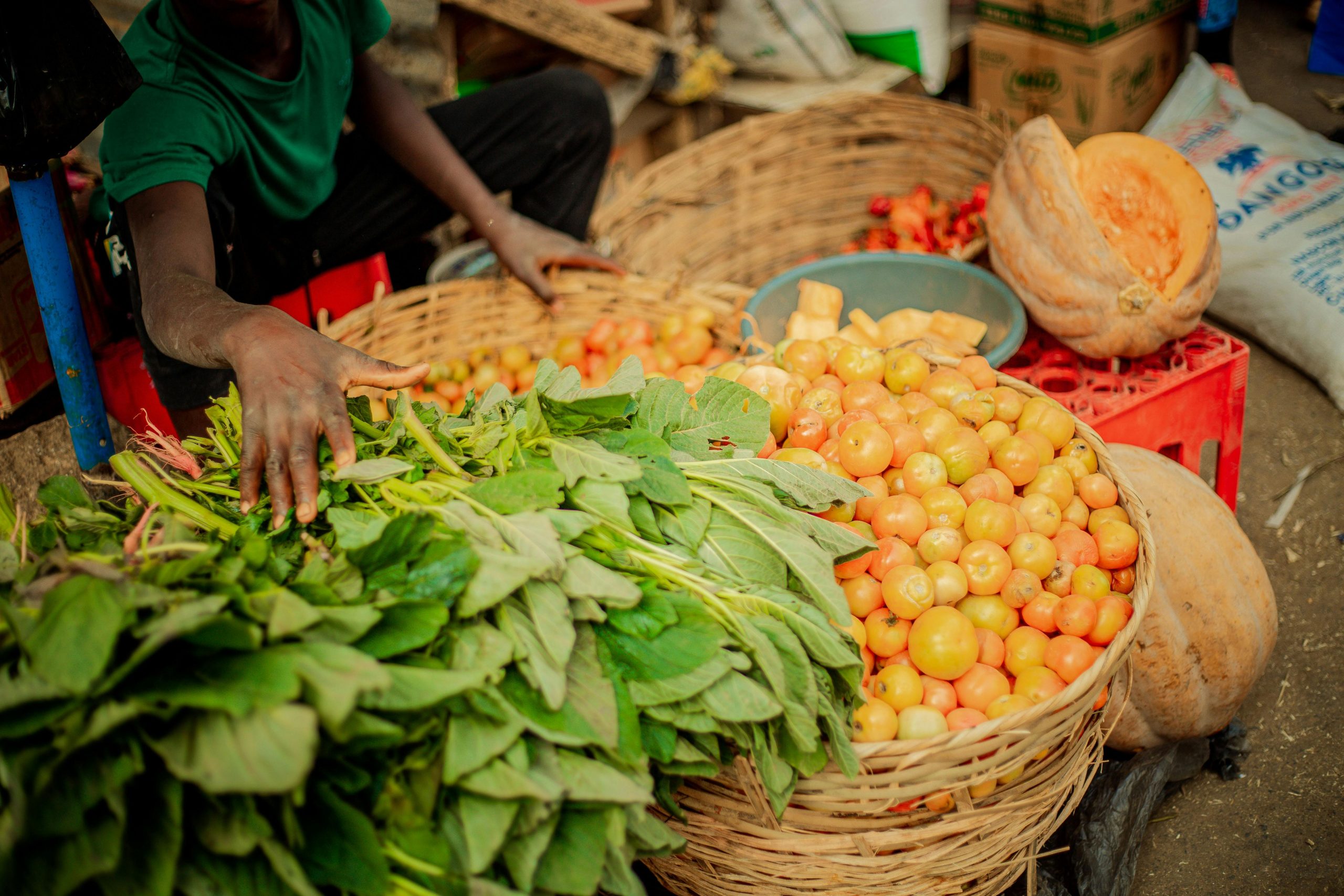Does Food Shopping Have VAT?
When it comes to food shopping, many people have questions about Value Added Tax (VAT) and whether it applies to their grocery bills. Understanding this can help you make better financial decisions and manage your budget effectively. In this article, we will explore the topic of VAT on food shopping, clarify which items are affected, and provide you with the information you need. Let’s get started!
What is VAT?
Value Added Tax (VAT) is a consumption tax placed on goods and services at each stage of production or distribution. In simple terms, it’s a tax that consumers pay when they buy products or services. VAT rates can vary significantly between countries and can even differ for different types of goods within the same country.
Does Food Shopping Have VAT?
The answer to whether food shopping has VAT is not a straightforward yes or no. It largely depends on the type of food you are purchasing and the laws of the country in which you are shopping. In many countries, basic food items are exempt from VAT, while processed or luxury food items may be subject to it. Let’s break this down further.
Exempt Foods
In many jurisdictions, essential food items such as the following are typically exempt from VAT:
- Bread
- Fruits and vegetables
- Meat and fish
- Dairy products
- Rice and pasta
These items are considered necessities, and governments often choose to exempt them from VAT to make them more affordable for consumers.
VAT on Processed and Luxury Foods
On the other hand, some foods do attract VAT. These typically include:
- Processed foods (e.g., ready meals, snack foods)
- Sweets and chocolates
- Alcoholic beverages
- Soft drinks
- Luxury items (e.g., gourmet foods)
These items are often viewed as non-essential, which is why they may be taxed. The VAT on these products can vary from one country to another, so it’s essential to check local regulations.
Country-Specific VAT Rules
Let’s look at how different countries handle VAT on food shopping:
United Kingdom
In the UK, most basic food items are exempt from VAT. However, items like crisps, fizzy drinks, and confectionery do incur VAT. The standard VAT rate is currently 20%, and understanding which food items fall under this can help you save money.
European Union
In the European Union, VAT rules can differ from country to country. Some countries have a zero rate for basic food items, while others may apply a reduced rate. It’s essential to familiarize yourself with the specific VAT rates in your country to make informed shopping choices.
United States
The United States does not have a federal VAT system, but some states apply sales tax to food purchases. In some states, essential food items are exempt, while in others, they are taxable. This inconsistency means you should check the laws in your specific state for clarity.
How to Calculate VAT on Food Items
If you’re curious about how to calculate VAT on food items that do incur the tax, here’s a simple formula:
- Determine the price of the food item before VAT.
- Multiply the price by the VAT rate (in decimal form).
- Add the VAT amount to the original price to find the total cost.
For example, if a processed food item costs $10 and the VAT rate is 20%, the calculation would be:
- VAT amount: $10 x 0.20 = $2
- Total cost: $10 + $2 = $12
Tips for Food Shopping with VAT Considerations
To make the most of your grocery shopping while considering VAT implications, keep the following tips in mind:
- Prioritize Basic Foods: Focus on purchasing essential food items that are VAT-exempt.
- Check Labels: Always check food labels to determine if the product is processed or luxury.
- Stay Informed: Keep up to date with any changes in VAT laws in your country.
- Budget Wisely: Factor in potential VAT costs when planning your grocery budget.
Conclusion
In summary, whether food shopping incurs VAT depends on the type of food items you are purchasing and the regulations in your country. Basic food items are often exempt from VAT, while processed and luxury foods may be subject to it. By understanding these rules, you can make informed decisions that help you manage your grocery expenses effectively.
Now that you know the answer to the question, “Does food shopping have VAT?”, you can approach your next grocery trip with confidence and clarity. Always remember to check your local VAT regulations to maximize your savings!

Leave a Reply